Getting rid of a home flea infestation isn’t necessarily difficult, but it is time- consuming. Fortunately, there are several homemade and commercial solutions to this problem. However, the only way to entirely get rid of fleas is to utilize a complete flea control management system that prevents and controls fleas both indoors and outdoors.
Recommended steps
There are several recommended steps that need to occur simultaneously, whether utilizing commercial or homemade products. These steps include defleaing the home, defleaing any pets, and defleaing the outdoor environment that humans and animals come in contact with. If any of these steps are left undone, then the flea infestation will keep on being a problem.
Defleaing home
Any home is vulnerable to a flea infestation, even if there are no animals involved. Fleas can be transported by humans as well as by animals. These are the recommended steps for defleaing a home and preventing future infestations:
- Thoroughly clean the home frequently all year round ? Fleas can live in a cocoon stage for up to a year without food. So wash and/or vacuum all surfaces, especially anything that comes into direct contact with people and animals, such as flooring, bedding, carpets, and upholstery frequently.
- Tightly seal vacuum cleaner bags and promptly remove them from the house after each use. Otherwise, fleas will lay and hatch eggs in the vacuum cleaner.
- Thoroughly clean and vacuum all baseboards, as well as the cracks and crevices in floors and upholstery, then apply a light dusting of food-grade diamtomaceous earth to these areas. A light dusting of diamtomaceous earth can also be used on most carpets, as well as hardwood flooring. However, diamtomaceous earth shouldn’t be applied in windy areas or while a fan is on. It shouldn’t be used in homes where a person has any type of respiratory ailment.
- Keep the home as free of moisture and humidity as possible.
- Keep garbage in tightly sealed containers and remove from home as quickly as possible. Fleas are attracted to anything that exhales carbon dioxide.
- Keep the house, especially the floor, free of clutter and debris so fleas don?t have a place to hide.
Homemade traps made from soap and water or electric flea traps may also be beneficial for killing adult fleas that are living in the house. Salt, talcum powder, baking soda, or baby powder may also be used to help deflea carpets and upholstery if accompanied by vacuuming. A spray made by distilling lemons may also be used to treat the floors, cracks, crevices, counter-tops, and baseboards, as well as numerous other types of surfaces.
Defleaing pets
Recommended steps to defleaing pets include:
Bathe the animal on a routine basis with water and a mild soap that doesn?t irritate its skin.
- Comb the animal with a fine-toothed flea comb. Be sure to dip the comb in soapy water after each swipe to kill any living fleas that got trapped in the comb.
- Rub a light dusting of food-grade diamtomaceous earth into the animal?s fur, as long as the animal doesn’t have a respiratory ailment or lung condition.
- Ensure the pet has a strong, healthy immune system. The level of antioxidants, B complex, selenium and zinc make a big difference in how well a pet can repel unwanted pests as well as diseases. Brewer?s yeast is an excellent source of B-complex vitamins, chromium and selenium. A teaspoon of yeast (nutritional or unprocessed brewer?s) can be added to the daily diet of small dogs and cats, while a tablespoon can be added for dogs that weigh 50+ pounds. A teaspoon of apple cider vinegar may also be added to the pet?s drinking water on a daily basis to help strengthen its immune system. However, it?s best to consult a vet to ensure the proper amount of nutrients is being supplied. It?s also important to observe the animal?s reactions and discontinue using dietary supplements if the animal starts to have any adverse reactions.
Defleaing outdoor environment
One method of defleaing the outdoor environment is to increase the nematode population. Nematodes are microscopic worms that eat flea larvae. They are copious reproducers, so only a few are needed to start with. The nematodes can be purchased from some garden shops and pet stores. The nematodes have to be placed in moist, shady spots. Fleas and nematodes cannot survive in a hot, sunny location. However, both fleas and nematodes may go dormant during the colder winter months. The nematodes tend to be more effective against fleas when in moist, sandy soil.
The ground can be treated with food-grade diamtomaceous earth, but caution should be taken as it can kill off beneficial microbes as well as the fleas. Here again, the diamtomaceous earth should not be applied during windy conditions. Keeping the grass mowed, and the yard free of clutter and debris also helps to reduce the flea population.
<>

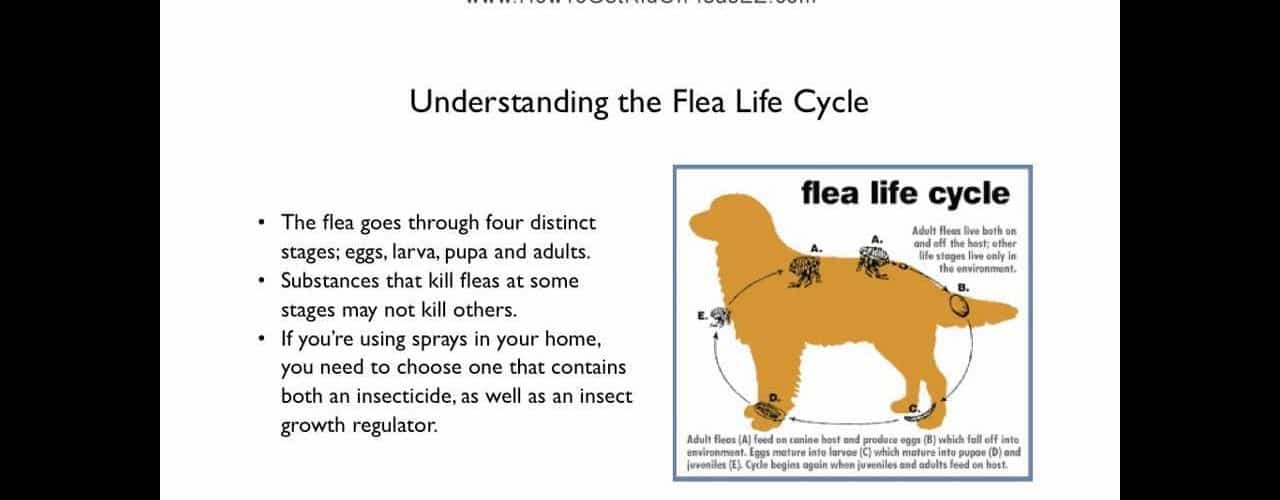
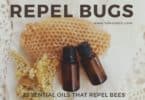
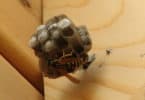
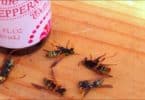
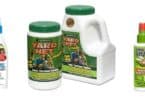
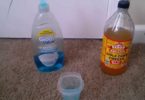

Thx, it’s a good article and ideas